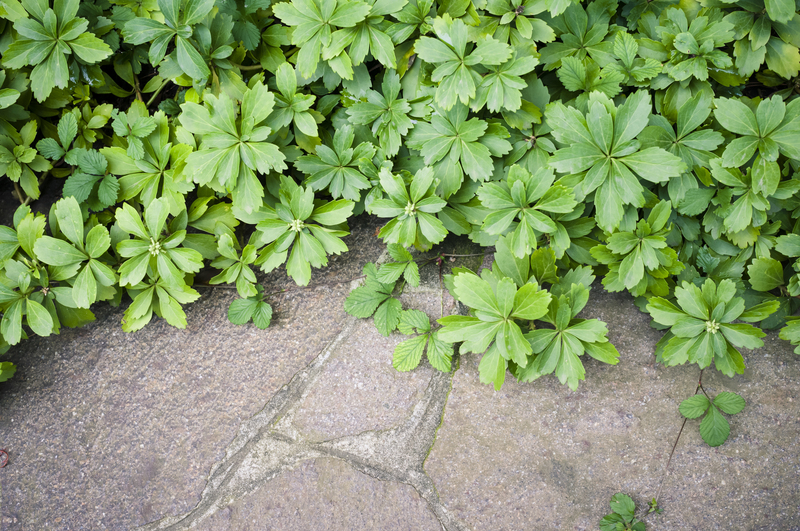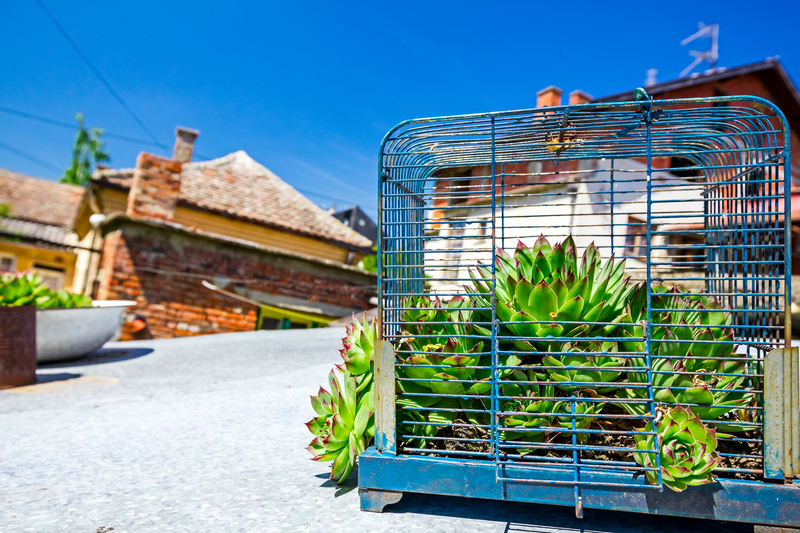Reviving Lawns After Drought
Posted on 30/01/2025
Drought conditions can wreak havoc on your lawn, leaving it browned and patchy. When water restrictions finally lift or the rains return, many homeowners ask the critical question: "How do I revive my lawn after drought?" This article provides detailed steps and tips to help you breathe life back into your turf, ensuring it's lush and green once more.
Assess the Damage
Before you can formulate a recovery plan, it's crucial to assess the damage. Is your lawn entirely dead, or are there patches of green? Scratch the surface of the soil: if you see green stems, your grass might still be alive. Understanding the extent of drought damage will help you decide whether to repair or completely replant your lawn.

Watering Techniques
Once you determine that your lawn has a chance of being revived, start with correct watering practices. Begin with a deep soak, ensuring water penetrates at least 6-8 inches below the surface to encourage deep root growth. Water early in the morning or late in the evening to minimize evaporation.
Soil Aeration
Aerating your lawn can greatly improve its ability to absorb water and nutrients. Use a garden fork or a mechanical aerator to create small holes throughout the lawn. This will help break compacted soil and allow water, air, and nutrients to reach the roots more effectively.
Fertilization
Your lawn will need nutrients to recover. A balanced fertilizer applied after aeration can boost grass growth. Opt for a slow-release fertilizer that provides a steady supply of nutrients over time. Be careful not to over-fertilize, as this can damage fragile recovering grass.
Seeding and Over-seeding
For lawns that have large patches of dead grass, reseeding is essential. Choose a grass variety that is drought-resistant to minimize future issues. Spread seeds evenly and water them regularly to encourage growth.
Consistent Maintenance
After putting in all the hard work, maintaining your revived lawn is crucial. Mow your grass to the proper height, and ensure your lawn receives regular watering, especially during dry spells. Regularly check your lawn for pests and diseases, and treat problems promptly.
Pros and Cons
Pros:
- A healthy lawn improves curb appeal and home value.
- Reviving a lawn is usually more cost-effective than replacing it entirely.
- Lawns contribute to environmental health by filtering pollutants and providing oxygen.
Cons:
- Revival can be time-consuming and labor-intensive.
- Costs can add up when buying fertilizers, seeds, and other lawn care products.
- The process requires ongoing maintenance to ensure long-term health.
Tips
- Use mulch to retain soil moisture and protect young grass.
- Avoid heavy foot traffic on recovering lawns.
- Employ smart irrigation systems to optimize water use.
- Test your soil pH and amend it as necessary for optimal grass growth.
- Rotate mowing patterns to avoid soil compaction.

Takeaways
Reviving a lawn after drought requires a combination of proper assessment, effective watering, soil aeration, fertilization, and consistent maintenance. Understanding the pros and cons can help set realistic expectations. By following these steps, you can transform your damaged lawn into a vibrant and resilient landscape.
Conclusion
Bringing a lawn back to life after a drought is no small task, but it is entirely possible with the right approach. From assessing damage to implementing a diligent care routine, every step plays a vital role. Over time, these efforts will yield a beautiful, green lawn that stands up well to future droughts. By investing the time and resources now, homeowners can enjoy the long-term benefits of a lush, healthy lawn.
Follow these guidelines, and you'll be on the path to lawn revival success!



